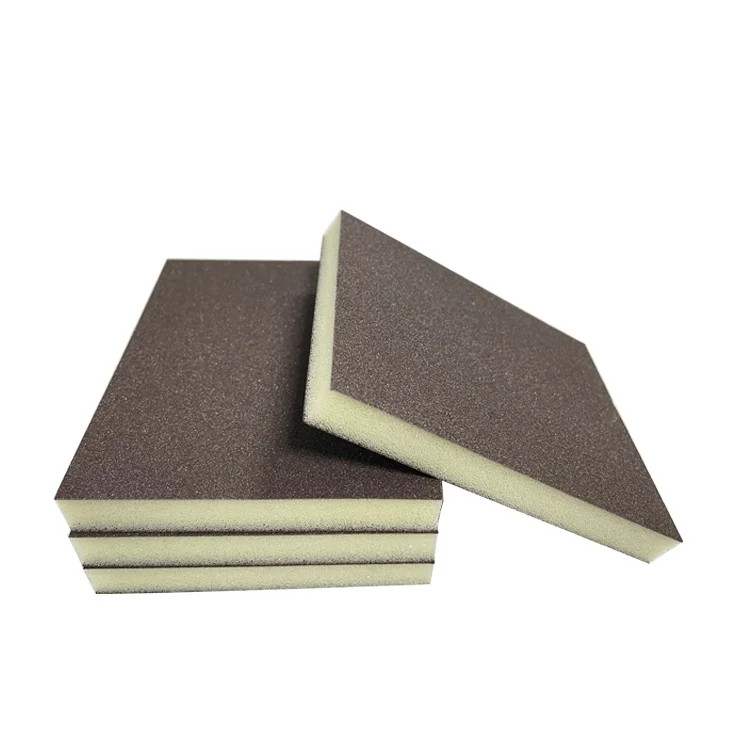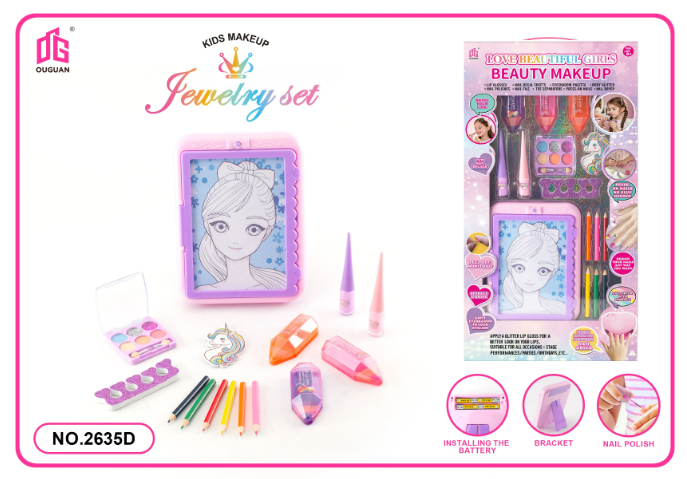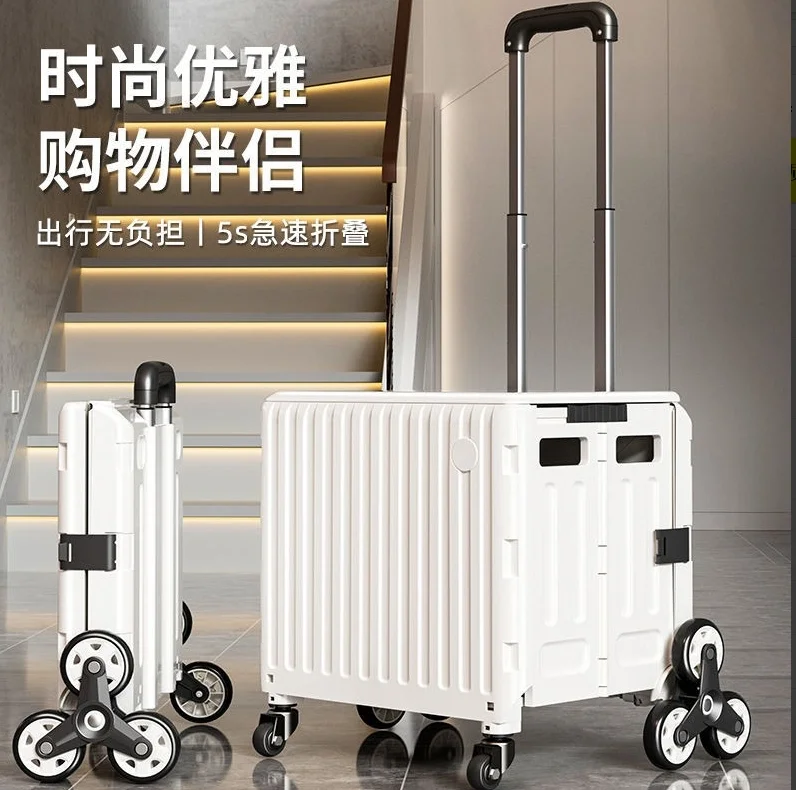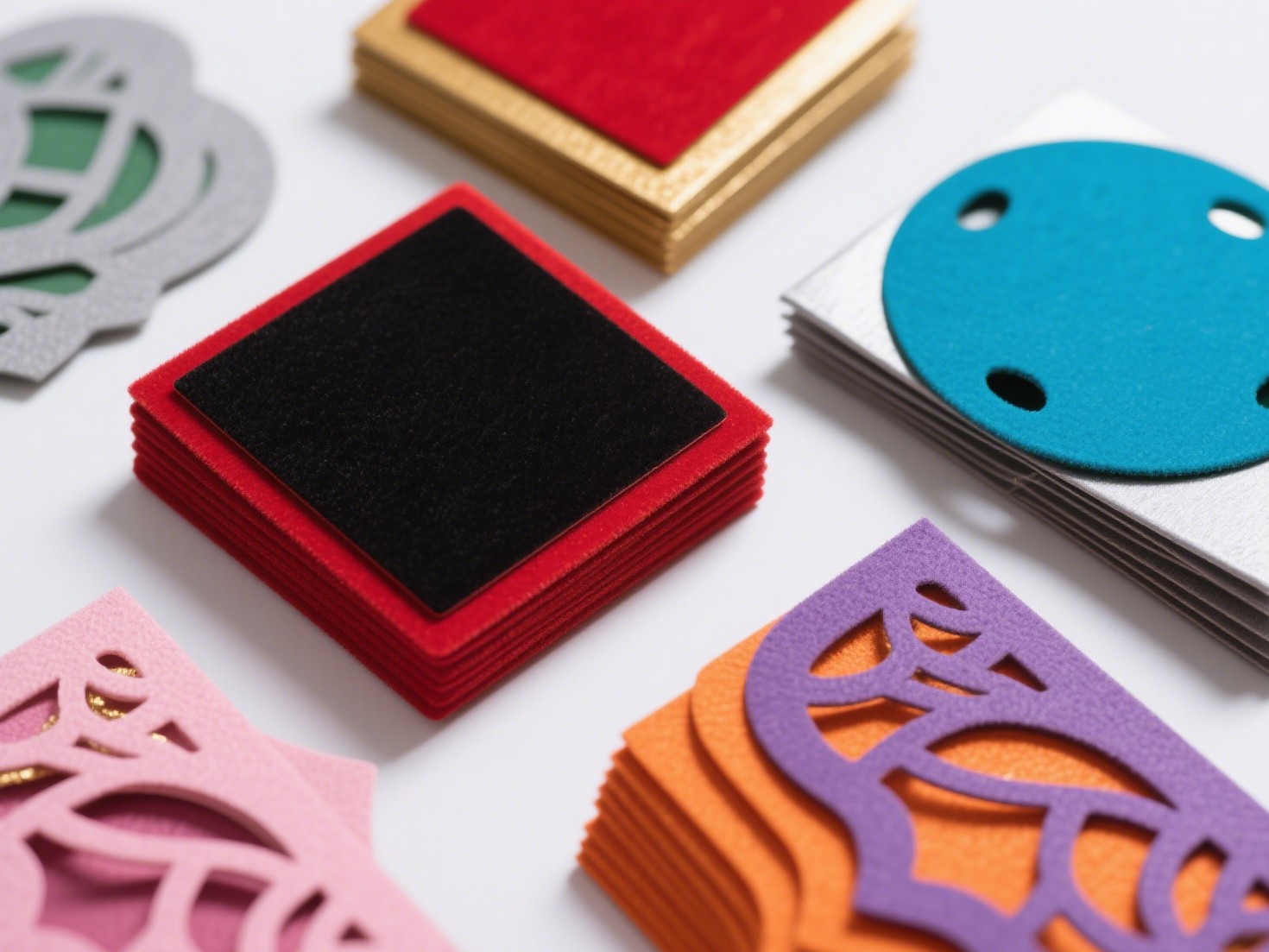The activewear market has experienced exponential growth over the past decade, transforming from a niche segment into a multi-billion-dollar industry. As consumers increasingly prioritize health and fitness, brands have flooded the market with a plethora of options. However, this raises a critical question: Is the activewear market oversaturated? To answer this, we must delve into various dimensions of the industry, including market dynamics, consumer behavior, and emerging trends.
Understanding Market Dynamics
The activewear market encompasses a wide range of products, including athletic apparel, footwear, and accessories designed for physical activities. According to recent reports, the global activewear market was valued at approximately $353 billion in 2020 and is projected to reach $500 billion by 2028, growing at a CAGR of around 6.5%. This growth is driven by several factors, including the rise of athleisure, increased participation in fitness activities, and a growing awareness of health and wellness.
Despite this impressive growth, the influx of brands and products has led to concerns about market saturation. The entry of numerous players, from established sportswear giants like Nike and Adidas to emerging direct-to-consumer brands, has created a crowded marketplace. This saturation can lead to fierce competition, price wars, and a dilution of brand identity, making it challenging for new entrants to carve out a niche.
Consumer Behavior: A Double-Edged Sword
Consumer preferences play a pivotal role in shaping the activewear market. The rise of the health-conscious consumer has driven demand for high-quality, functional, and stylish activewear. However, this demand has also led to a paradox: while consumers are seeking variety and innovation, they are also becoming more discerning. The modern consumer is not just looking for any activewear; they are searching for brands that resonate with their values, such as sustainability, inclusivity, and social responsibility.
Brands that fail to differentiate themselves risk being lost in the noise. For instance, while many companies offer similar products, those that emphasize unique selling propositions—such as eco-friendly materials, advanced technology, or community engagement—are more likely to thrive. This indicates that while the market may appear saturated, there is still ample opportunity for brands that can effectively communicate their unique value.
Emerging Trends: Opportunities Amidst Saturation
Despite the challenges posed by market saturation, several emerging trends suggest that the activewear market is far from reaching its peak.
- Sustainability: As consumers become more environmentally conscious, brands that prioritize sustainable practices are gaining traction. This includes using recycled materials, reducing waste, and adopting ethical manufacturing processes. Companies like Patagonia and Allbirds have set a precedent, showing that sustainability can be a powerful differentiator.
- Technology Integration: The integration of technology into activewear is another area ripe for innovation. Wearable technology, smart fabrics, and fitness apps are becoming increasingly popular, offering consumers enhanced functionality and personalized experiences. Brands that leverage technology to improve performance and convenience will likely capture a significant share of the market.
- Inclusivity and Diversity: The demand for inclusivity in sizing, styles, and marketing is reshaping the activewear landscape. Brands that embrace diversity and cater to a broader audience are not only fulfilling a social responsibility but also tapping into a lucrative market segment. Companies like Aerie and Fabletics have successfully capitalized on this trend, promoting body positivity and inclusivity in their campaigns.
- Direct-to-Consumer Models: The rise of e-commerce has enabled brands to connect directly with consumers, bypassing traditional retail channels. This model allows for greater control over brand messaging, customer experience, and pricing strategies. As more consumers shift to online shopping, brands that adopt a direct-to-consumer approach can thrive even in a saturated market.
Conclusion: A Market of Opportunities
In conclusion, while the activewear market may appear oversaturated at first glance, a closer examination reveals a landscape rich with opportunities. Brands that can navigate the complexities of consumer behavior, leverage emerging trends, and differentiate themselves through innovation and sustainability will not only survive but thrive. The key lies in understanding that saturation does not equate to a lack of opportunity; rather, it challenges brands to be more strategic, creative, and consumer-focused than ever before. As the market continues to evolve, those who adapt and innovate will lead the charge in shaping the future of activewear.




